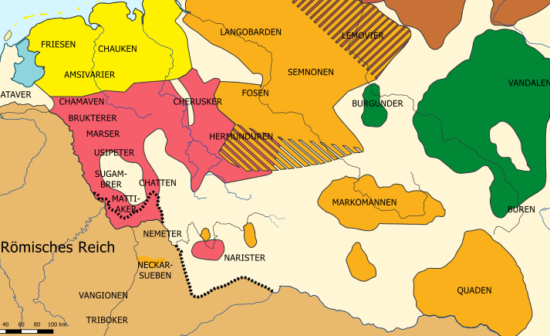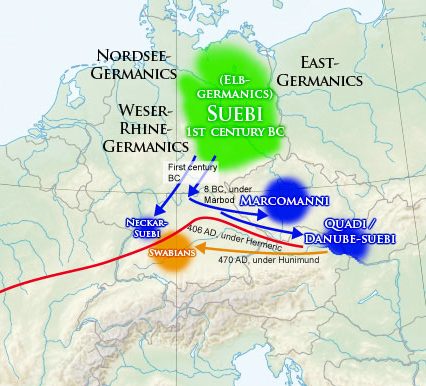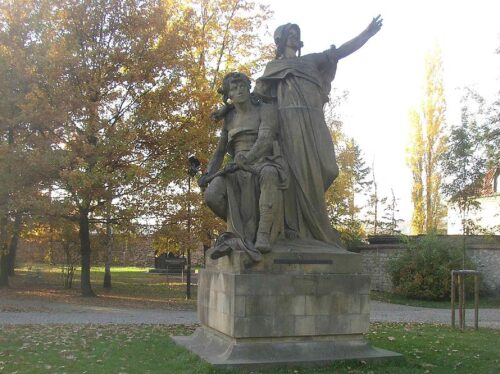Baby
The Boii gradually left Bohemia after 200 BC with the Germanic tribes of Marcomanni and other Suebic ethnic groups taking their place at the beginning of the first century AD, after being pushed away by the Roman legions. Their king Maroboduus, the first documented ruler of Bohemia, founded or changed the name of a pre-existing settlement at the site of modern Prague into Maroboden, after his name.


A few years later, in the 2nd century AD, in one of his maps, Ptolemy mentions a Germanic city on the site, this time under the name of Casurgis. After the collapse of the Western Roman Empire in the late 5th century many of the Marcomanni migrated southwards along with other Germanic nations like the Lombards, while many Slavic tribes started settling in the region of modern-day Prague during the so-called Great Migration of Nations that lasted until the beginning of the 10th century.


The Slavic settlements were established alongside the Germanic ones that still existed in the region of Bohemia and for almost two centuries the two peoples, the Germanic Marcomanni (among them many of the Boii that had not left the region) and the Slavs interconnected until sometime in the late 7th century when the latter became the largest population group in the area. By the beginning of the 9th century, a new settlement this time with the name of Praha (práh = threshold in Czech) came to occupy about two-thirds of the hilltop later taken by Prague Castle.
The settlement was fortified and packed with timber structures & wooden buildings. The Czech tradition refers to a Czech duchess and prophetess named Libuše who married Přemysl the Ploughman, the legendary founder of the dynasty that ruled Czech people for hundreds of years. According to the legend, she prophesied the glory of a future city on a rocky cliff above the Vltava River and ordered the building of a castle by the name Praha sometime in the 8th century.



